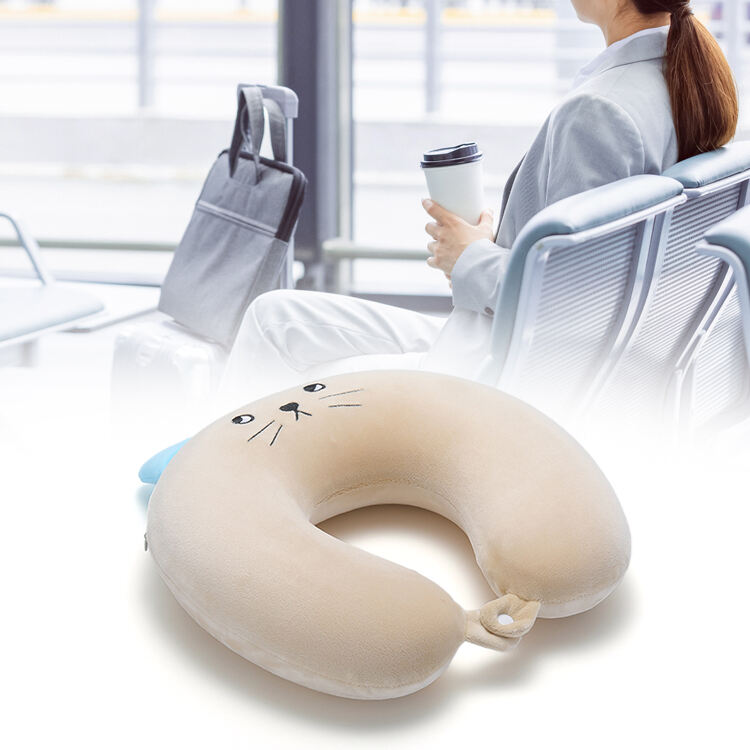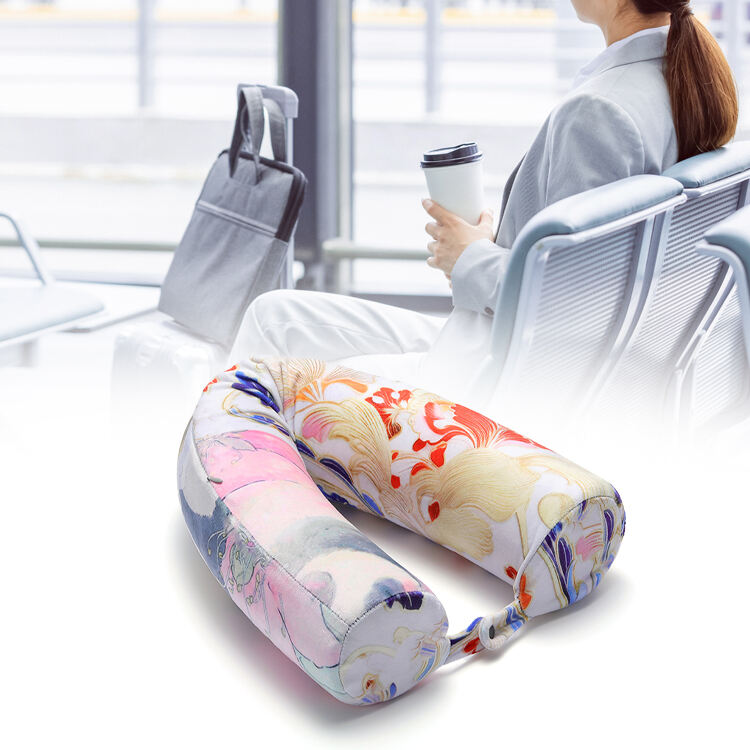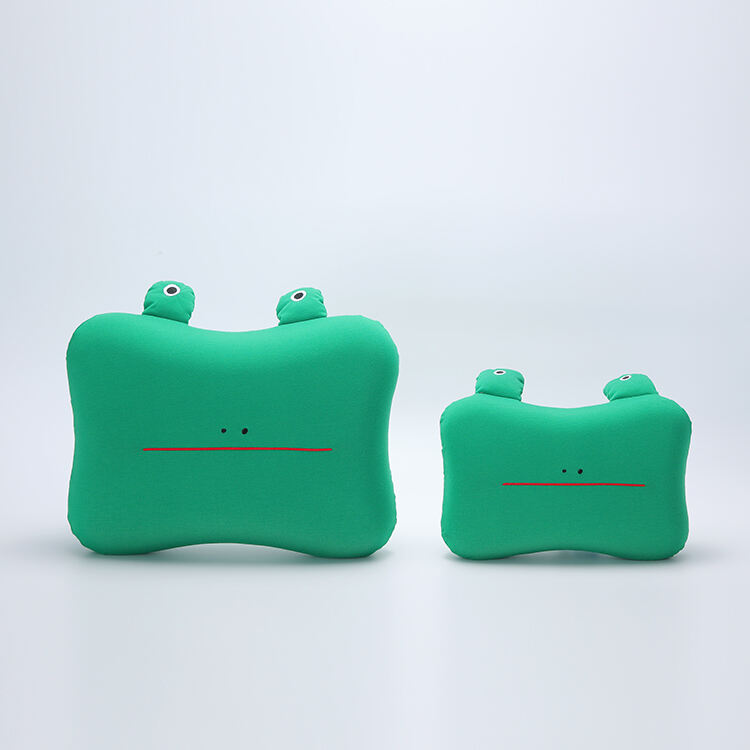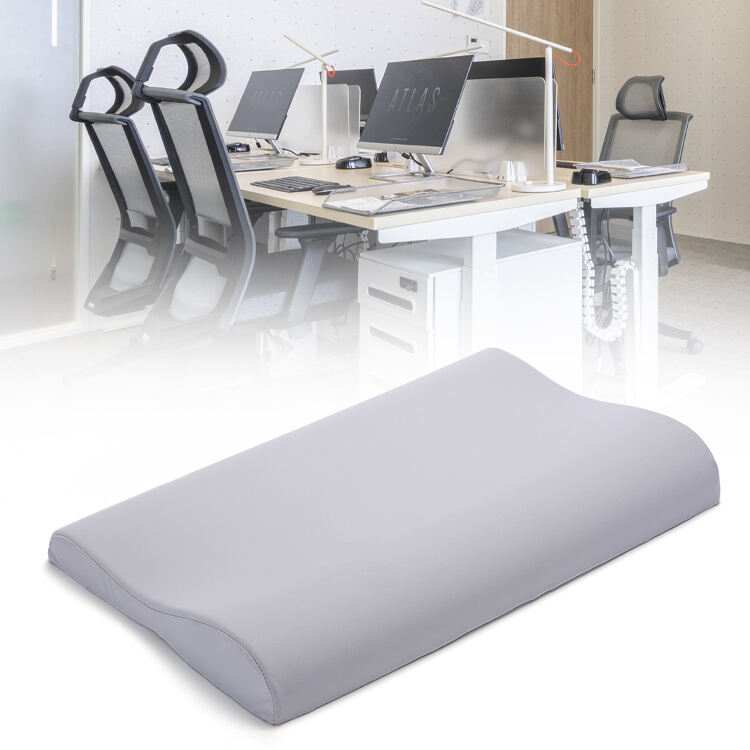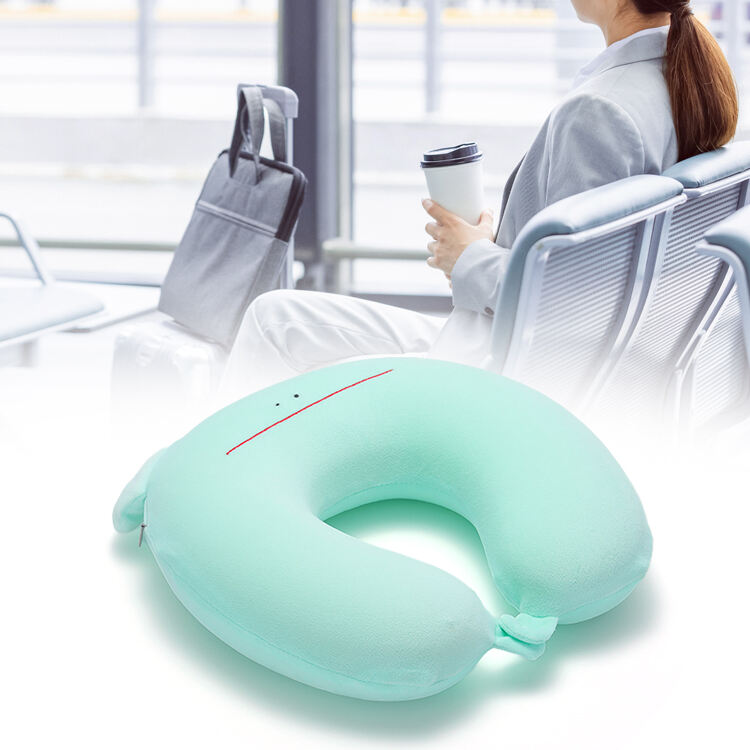Why Your Pillow Choice Impacts Sleep Quality
Sleep posture alignment and pressure relief directly influence morning stiffness and chronic pain. While regular sponge pillows initially feel soft, they lack the adaptive support memory foam provides to cradle head and neck contours. We analyze how material density, temperature regulation, and durability affect long-term comfort.
Key Differences Between Memory Foam and Regular Sponge Pillows
Pressure Relief: Memory foam’s viscoelastic structure redistributes weight evenly, reducing pressure points by 30% compared to traditional sponge materials according to ergonomic studies. This makes it ideal for side sleepers and arthritis sufferers.
Temperature Control: Advanced gel-infused memory foam models dissipate heat 2.5x faster than standard sponge pillows, addressing a common complaint about foam retention. Breathable open-cell structures further enhance airflow.
Longevity: High-density memory foam maintains shape for 3-5 years versus 1-2 years for regular sponge pillows. Look for certifications like CertiPUR-US® to verify material quality.
Who Should Choose Memory Foam Pillows?
• Combination sleepers needing adjustable loft
• Hot sleepers requiring cooling technology
• Allergy sufferers (hypoallergenic foam resists dust mites)
• Post-surgery patients needing precise support
When Regular Sponge Pillows Might Be Suitable
Traditional sponge pillows work best for:
• Strict stomach sleepers needing flatter profiles
• Budget-conscious buyers ($15-$35 price range)
• Guest rooms needing occasional-use bedding
Expert Tips for Testing Pillows Before Purchase
1. Perform the fold test: Memory foam should slowly rebound without creasing
2. Check edge support – quality foam won’t sag when sitting upright
3. Assess pillow height – your ear should align with shoulder in side positions
4. Look for removable/washable covers to maintain hygiene
Addressing Common Sleep Concerns
For Snorers: Contoured memory foam elevates the neck by 4-6 degrees to open airways
Posture Correction: Medium-firm foam helps align cervical spine during back sleeping
Travel Use: Shredded memory foam adapts better to irregular surfaces than solid sponge
Maintaining Your Pillow Investment
• Rotate memory foam pillows 180° weekly to prevent body impressions
• Clean spills immediately with vinegar/water solution (no machine washing)
• Replace when visible sagging exceeds 1.5 inches
• Use protectors to block sweat/oil absorption


